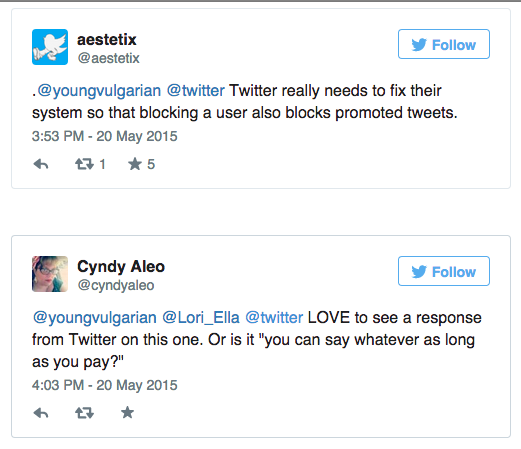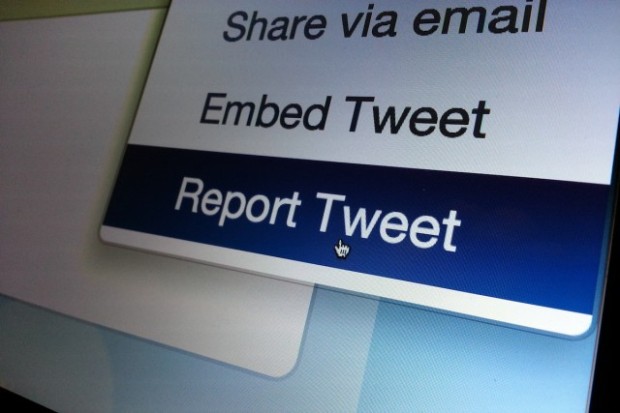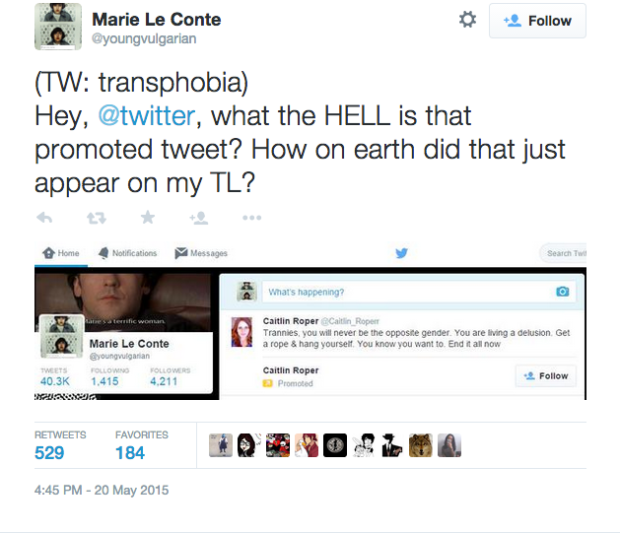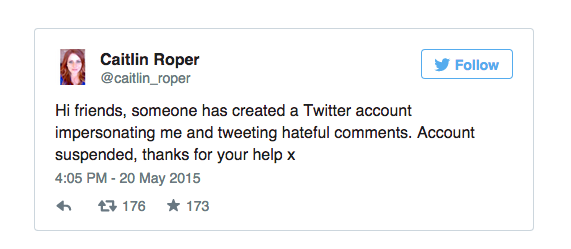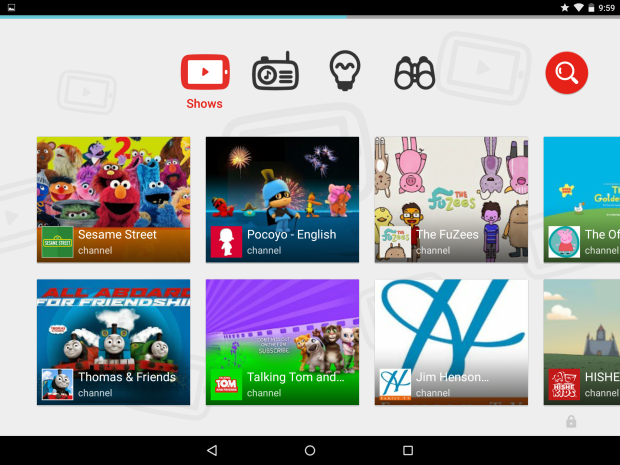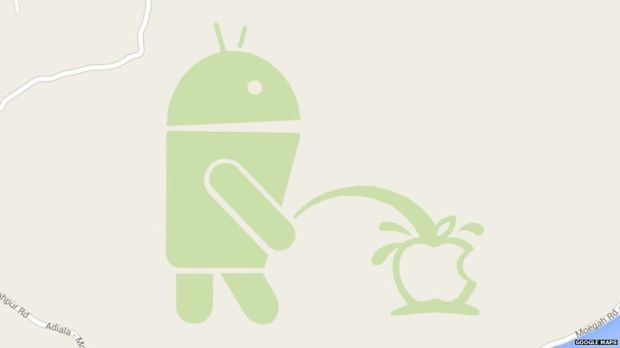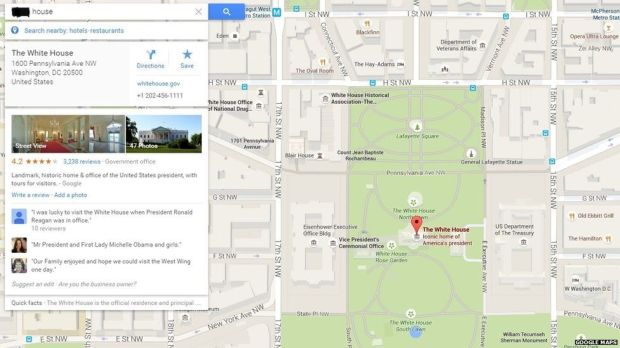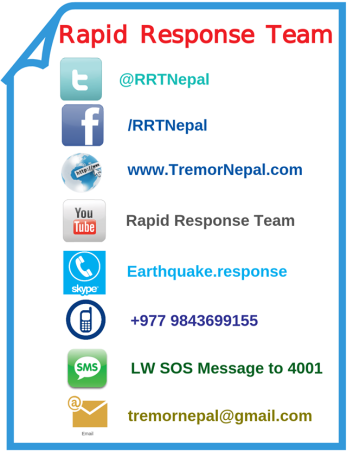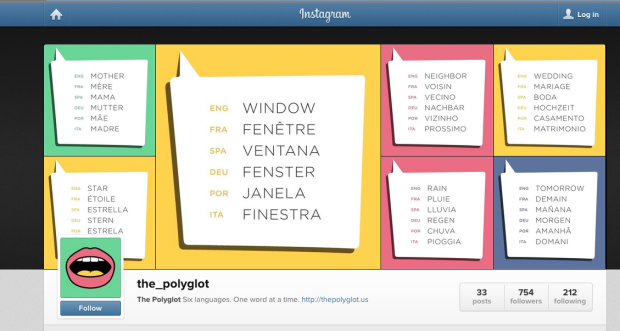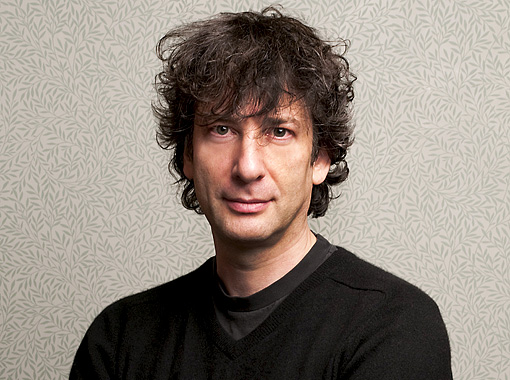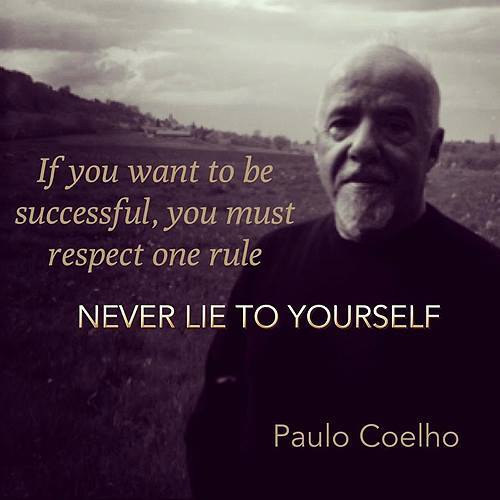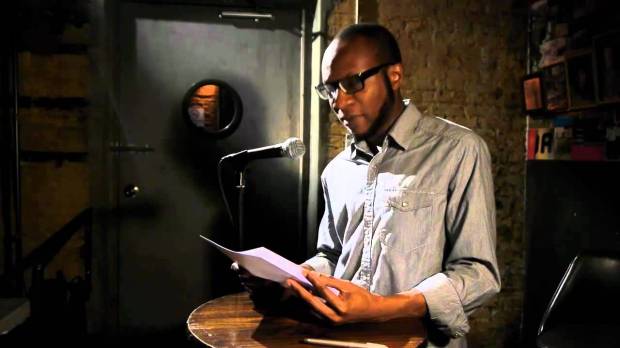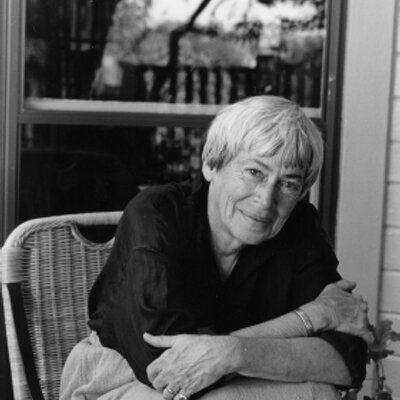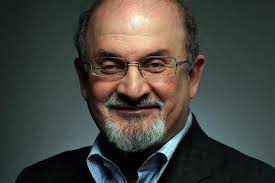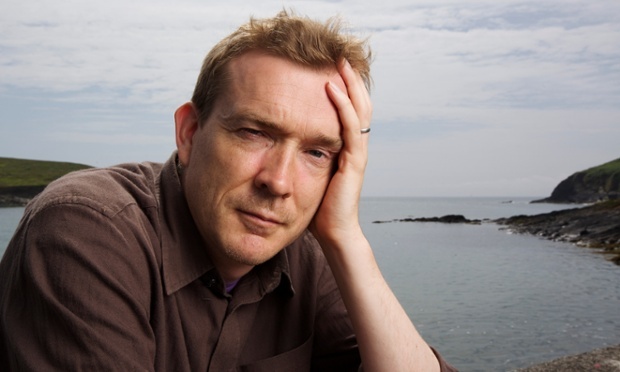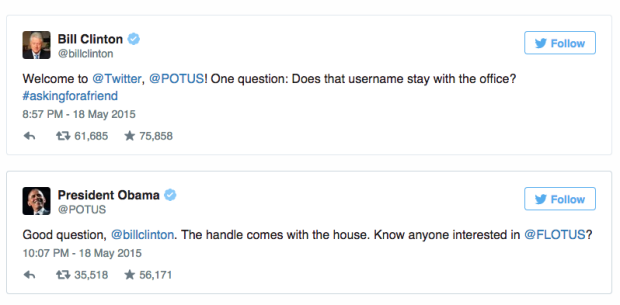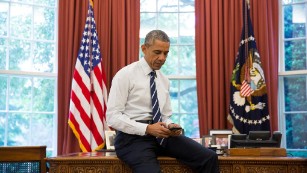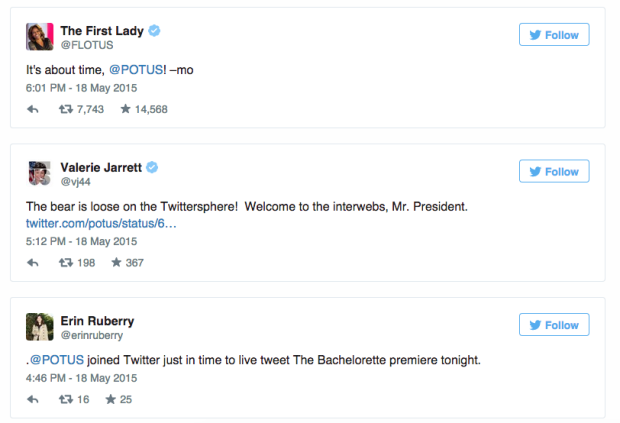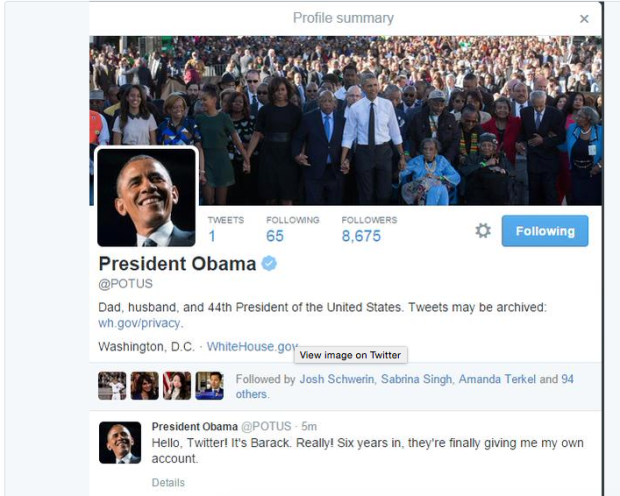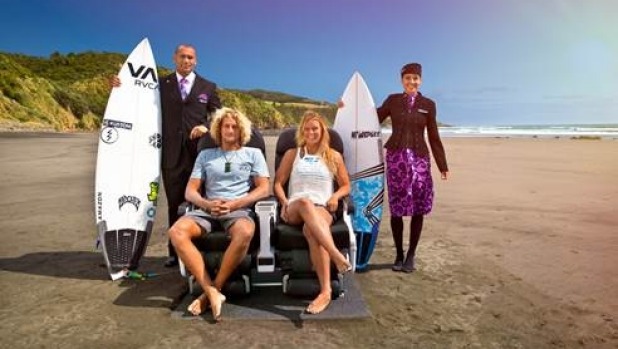Everyone wants to know the real secret on how social contents spreads and how a content can be viral on social media. BuzzFeed is one of the best doing this. They are themselves viral. Every idea they publish could go viral in instants. BuzzFeed can be a step ahead.
Last Monday, the company presented Pound. Publisher Dao Nguyen and twins Adam and Andrew Kelleher introduced this new technology. For sure will change the way we all understand the web, how content can be spread through social media, and how to be viral.
According to these members of BuzzFeed “Pound is a new, proprietary technology that captures how BuzzFeed stories spread on the social web. It follows propagations from one sharer to another, through all the downstream visits, even across social networks and one-to-one sharing platforms like Gchat and email. Pound is the Process for Optimizing and Understanding Network Diffusion.”
Translating this: You can see your shares on how exactly your content can be spread in the web from its original sharer to other channels.
“Pound does not store usernames or any personally identifiable information (PII) with the share events. Each node in the sharing graph is anonymous. We are not able to figure out who a user is by looking at the graph data. Pound data is collected based on an oscillating, anonymous hash in a sharer’s URL as a UTM code”, they say.
Let’s see:
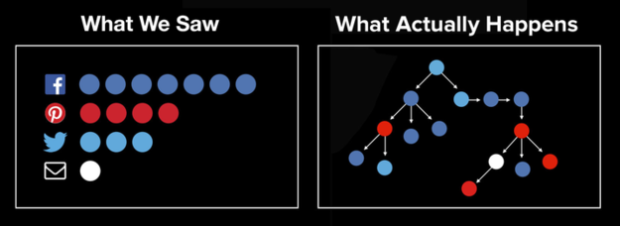
BuzzFeed gives the great example of #TheDress. Six tweets of The Dress spread across the web resulted in almost a million views. More: also drove hundreds of thousands of views via other social networks.
See the clusters of shares in the graph below—dark blue for Facebook, light blue for Twitter, and white for other publishers that picked up the story:
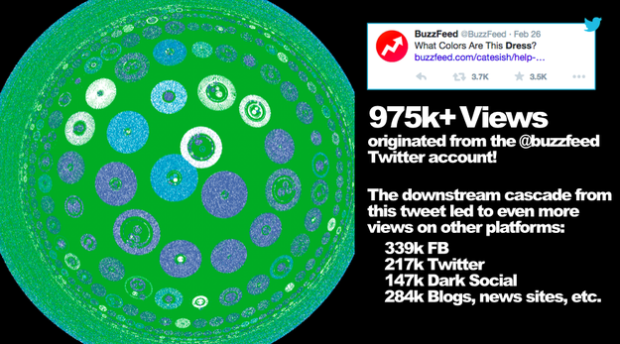
by Adam Kelleher, BuzzFeed
The image below gives the great explanation: Twitter is the main source of the share, but the story spreads to so many other social networks as it heads downstream.
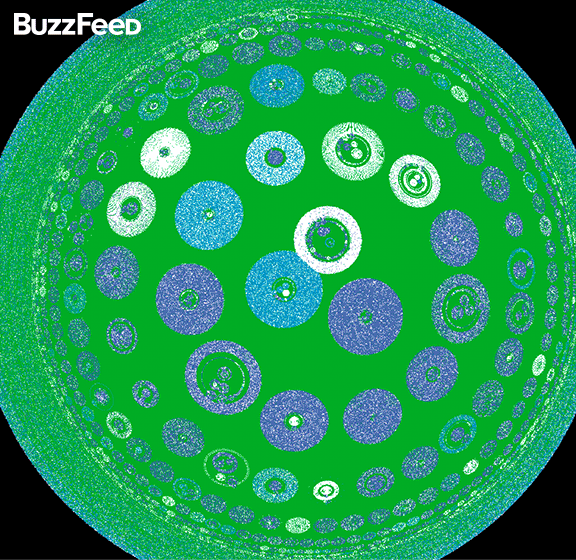
by Adam Kelleher
Like the publishers said: “The GIF zooms in to see successive clusters of sharing networks within that main Twitter cluster. Sharing jumps from Twitter to a publication, back to Twitter, onto a different publication, and so on. As the explanation pointed out: “In fact, clicks from Twitter represent only a quarter of the total downstream visits rooted in the BuzzFeed Twitter account!”
The authors of this idea made clear that Pound just confirmed what is already assumed by them: sponsored content spreads exactly the same way as editorial content.
Here we go: BuzzFeed’s Creative Services team partnered with Target to write “I Tried The Fanny Basket And It Saved My Life” right before April Fools’ Day. The post was really successful with over 400,000 views. Let’s have a look of its Pound views:
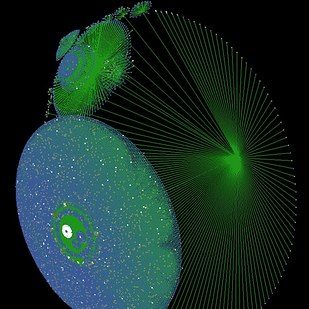

by Adam Kelleher
The images above presents an impressive depth of social sharing: the initial share led to seven additional levels of propagation, for a maximum depth of eight. “Each circle of nodes represents an organic sharing network, or a group of people who saw the post as a result of an organic share.”

by Adam Kelleher
“Zooming in on this cluster captures layers and layers of networked groups organically sharing this sponsored post. It’s the social equivalent of word-of-mouth marketing. Pound makes word-of-mouth measurable. (And once it’s measurable, it could be optimizable!)”, they state on the blog post.
Confirming all this, this could be huge for all publishers, digital marketers and social media world. Even for BuzzFeed could mean millions and millions of new visitors every month on their website.
